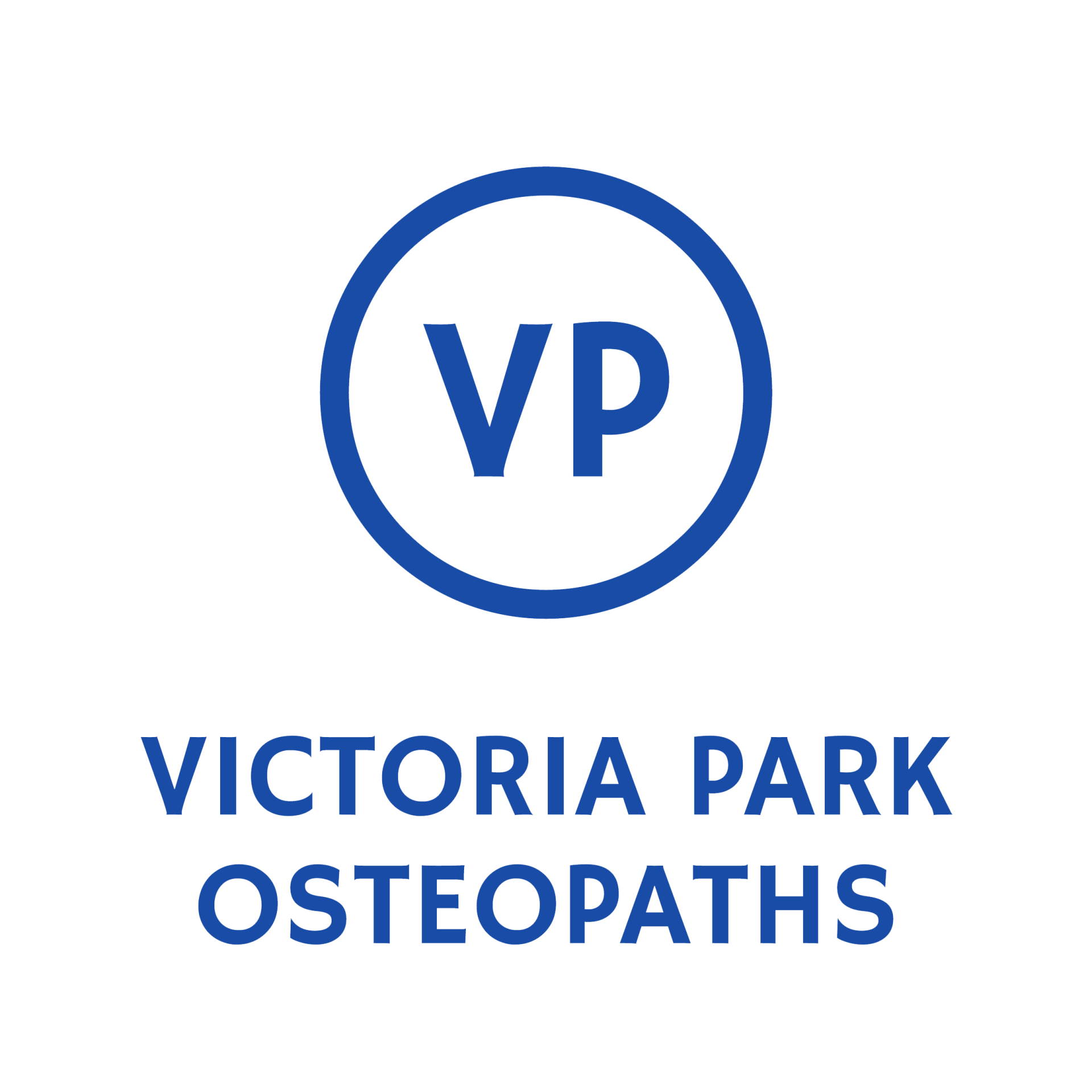What is Neck Disc Injury?
A cervical disc injury involves irritation, bulging, or herniation of one of the discs in the neck (cervical spine). These discs sit between the vertebrae and act as cushions. When a disc becomes strained or its inner material protrudes, it can cause local neck pain and, in some cases, irritation of nearby nerves.
This may lead to discomfort in the neck alone or symptoms radiating into the shoulder, arm, or hand.
Symptoms & What You May Experience
Depending on the severity and which disc or nerve is affected, symptoms may include:
- Neck pain or stiffness
- Pain referring into the shoulder, arm, or upper back
- Tingling, pins and needles, or numbness in the arm or hand
- Muscle weakness in the shoulder, arm, or grip
- Increased pain with looking down, turning the head, or prolonged sitting
- Headaches stemming from the neck (cervicogenic headaches)
- Limited range of movement
Some people experience only neck discomfort, while others notice symptoms down the arm (cervical radiculopathy).
What causes Neck Disc Injury?
Like the lower back, often these occur for no apparent reason. But common contributing factors include:
- Genetic Predisposition - disc injuries often run in families
- Sudden neck movements or trauma (e.g. whiplash)
- Degenerative disc changes with age
Other factors slow recovery:
- Poor posture (e.g. prolonged computer or phone use)
- Repetitive strain from work or sport
- Muscle imbalance or joint stiffness in the neck and shoulders
- Reduced thoracic mobility affecting neck mechanics
Symptoms can build gradually or follow a specific incident.
How We Help (At Victoria Park Osteopaths)
We take a gentle, structured approach tailored to your presentation and pain level:
- Clear explanation of your diagnosis, the reasons for it and recovery times to expect
- Spinal mobilisation & gentle manipulation: to restore movement and reduce joint restriction
- Soft tissue techniques: targeting tight muscles, fascia, and supportive tissues in the neck and upper back
- Nerve gliding / decompression techniques: where nerve irritation or arm symptoms are present
- Postural rehabilitation: addressing work positions, pillow use, screen height, and movement habits
- Targeted exercise: improving strength, mobility, and stability of the neck, shoulders, and upper back
- Education & self-care: advice on daily movement, sleep positions, and activities that help recovery
- Adjunctive therapies: such as dry needling, acupuncture or taping where appropriate
Treatment plans are adapted to suit both acute flare-ups and longer-term disc-related issues.
Recovery Time & What to Expect
- Many cervical disc issues improve within 6–12 weeks with conservative treatment
- Gentle movement, manual therapy, and rehabilitation exercises play a key role
- With proper management, most people recover without medical intervention
- Persistent or severe cases may require additional medical investigation, and we can help refer if needed
When to Seek Medical Review / Red Flags
Immediate referral is recommended if you experience:
- Sudden or progressive weakness in the arm or hand
- Numbness in the face or widespread neurological symptoms
- Loss of coordination or problems with balance
- Difficulty swallowing, speaking, or double vision
- Severe trauma, fever, or unexplained weight loss
- Symptoms not improving over time with appropriate care


